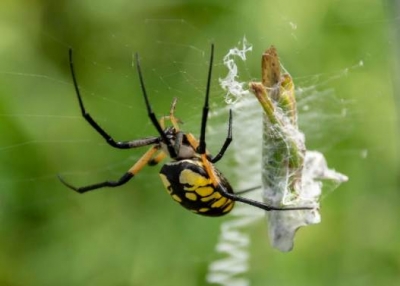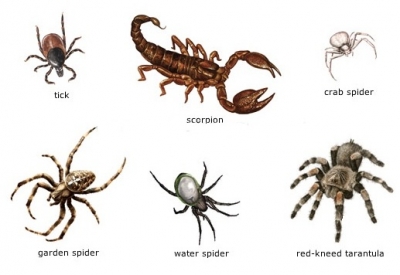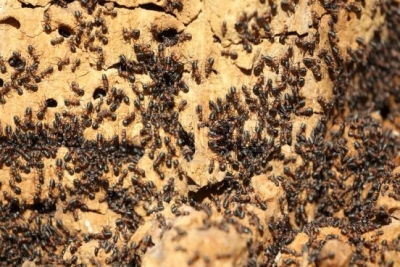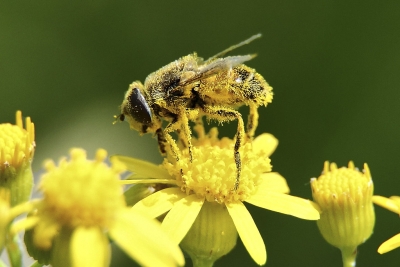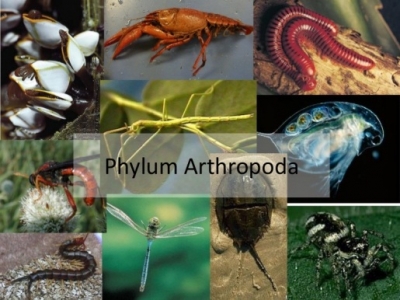
Arthropod of the Sea
Many kinds of arthropods live in the sea. Lobsters, shrimps, crabs, and barnacles are all arthropods that live in the sea. They are called crustaceans. That means animals with crusts. Every part of a lobster’s body is covered with a crust of hard skin, like armour. Crustaceans have hard shells, 10 leg and 4 feelers, or antennae. Because they live mostly in the water, crustaceans breathe with gills, like fish.
Lobsters use eight of their ten legs for walking along ocean floor. The other two legs are used like arms. Each arm ends in a fierce-looking pincer, or claw. Shrimps look like tiny lobsters. Some kinds of shrimps are so small they can be seen only with a microscope.
Crabs have flat bodies. The tail is tucked forwards under the rest of the body. Instead of walking forwards, crabs scuttle sideways along the seashore or in shallow rock pools. Barnacles are crustaceans that fasten themselves to rocks or the bottoms of ships. They are closed up inside their shells, and only their legs stick out. They wiggle their legs to pull in food that floats past in the water.

